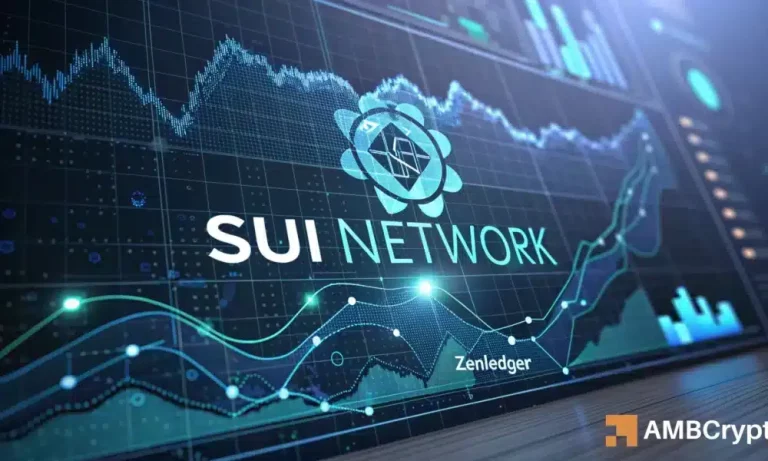
Solana is making major waves on Wall Street this week as a suite of ETFs (Exchange-Traded Funds) officially goes live on the NYSE Arca. Notably, Fidelity’s FSOL, a groundbreaking spot Solana ETF, is set to launch on November 19. This marks one of the most significant moments for Solana’s ecosystem, bringing increased attention and institutional investment.
What to Know About the Fidelity FSOL ETF
Fidelity, one of the biggest players in traditional finance, rarely moves first in emerging markets, but when it does, the decision is calculated and deliberate. FSOL is Fidelity’s first staking-enabled ETF within its digital asset portfolio. This unique product allows professional investors to gain exposure to Solana’s native currency, SOL, alongside its staking yields—without having to navigate the complexities of private keys or crypto wallets.
Priced with a market-friendly 25 bps fee, FSOL is positioned to enter the ETF market with strong demand. Its launch, coupled with Solana’s growing momentum in the crypto space, is expected to draw robust inflows, putting the network firmly on the radar of wealth managers, pension funds, and institutional investors.
Racing Against the Competition
Fidelity isn’t alone in this endeavor. Several key players have already made their mark:
- Bitwise: The BSOL fund quickly attracted $450 million in inflows, signaling substantial institutional appetite for Solana exposure.
- VanEck: The newly launched VSOL adds another competitive edge to the lineup, leveraging the company’s strong focus on crypto products.
- Canary Funds: Partnering with Marinade Finance, Canary brings innovation with SOLC, a staking-enabled ETF designed to natively capture on-chain yields—a strategic push in ETF design.
The Solana ETF landscape is evolving rapidly, creating parallels to the early days of Bitcoin ETFs. Each issuer is racing to capture market share using strategies like competitive fees and innovative staking mechanisms.
Why Solana is Gaining Traction
The rise in Solana ETF offerings underscores the network’s appeal as a faster, more affordable alternative to Ethereum for institutional investors. With its low fees, high-speed transactions, and staking capabilities, Solana is increasingly seen as a credible long-term bet for blockchain infrastructure.
Developer activity and user adoption are at an all-time high, further validating Solana’s position in the crypto world. New applications across payments and decentralized finance (DeFi) are accelerating its use cases, while institutional research highlights its potential as a multiyear investment opportunity.
Future Implications
The approval and launch of these ETFs mark a pivotal shift, bringing Solana directly to mainstream financial markets. With its ability to attract institutional funds through wealth managers, RIAs (Registered Investment Advisors), and pension funds, the ETFs could reshape Solana’s liquidity dynamics, increase staking demand, and drive validator growth.
For those looking to diversify their crypto portfolio and tap into Solana’s rapid momentum, products like Fidelity’s FSOL offer an excellent entry point. As the ETF era kicks off, competition among issuers could result in better fee structures and more innovative offerings for investors.
Explore Fidelity Digital Assets and learn more about FSOL.
Conclusion
The Solana ETF launch is more than a milestone—it’s a clear message that legacy finance is embracing crypto assets as part of its investment future. Institutions are now factoring Solana into their digital asset strategies, making this week’s ETF rollout a historic event for the entire blockchain space.
Stay tuned as the ETF race unfolds, solidifying the role of Solana in bridging traditional finance and blockchain technology.



